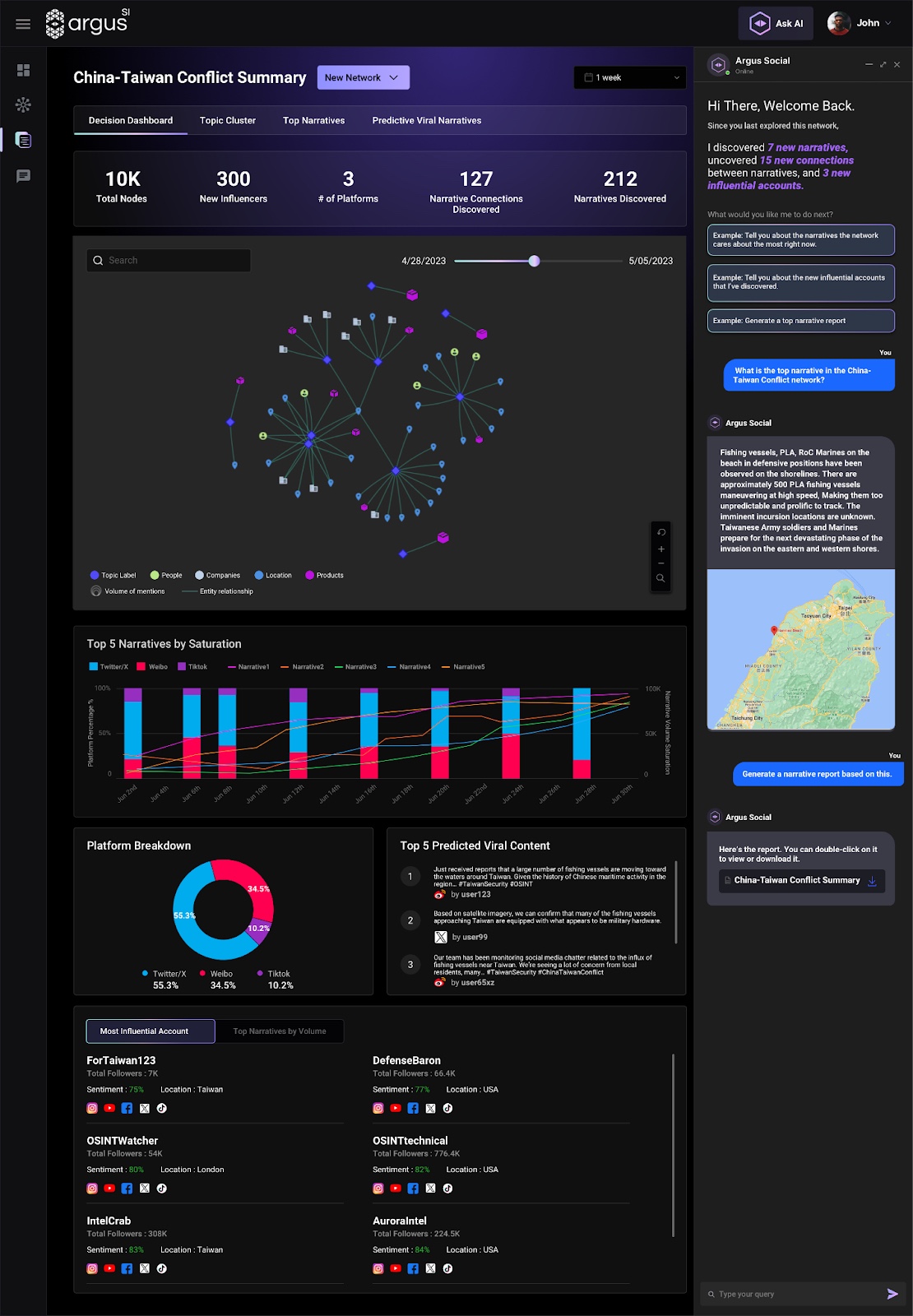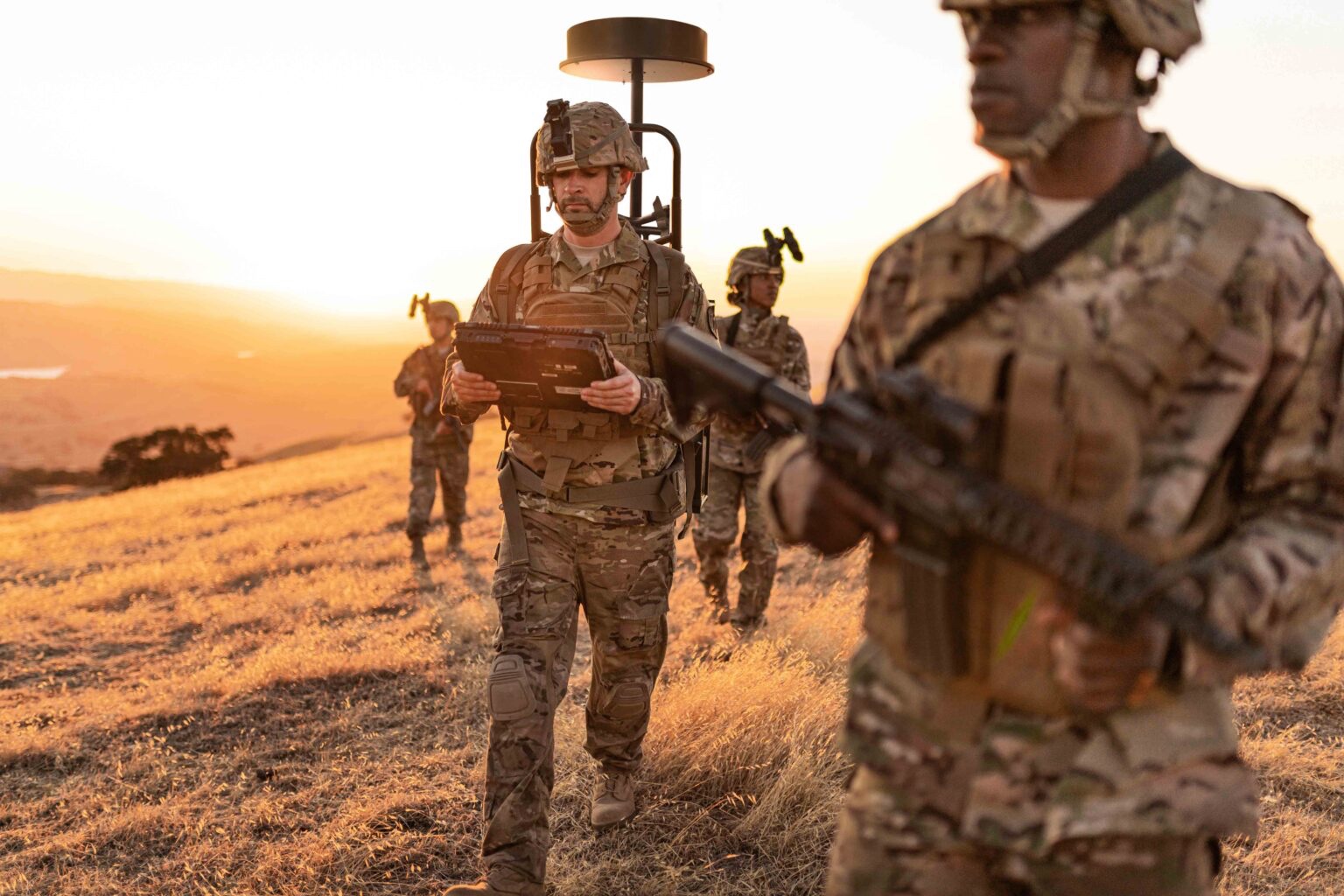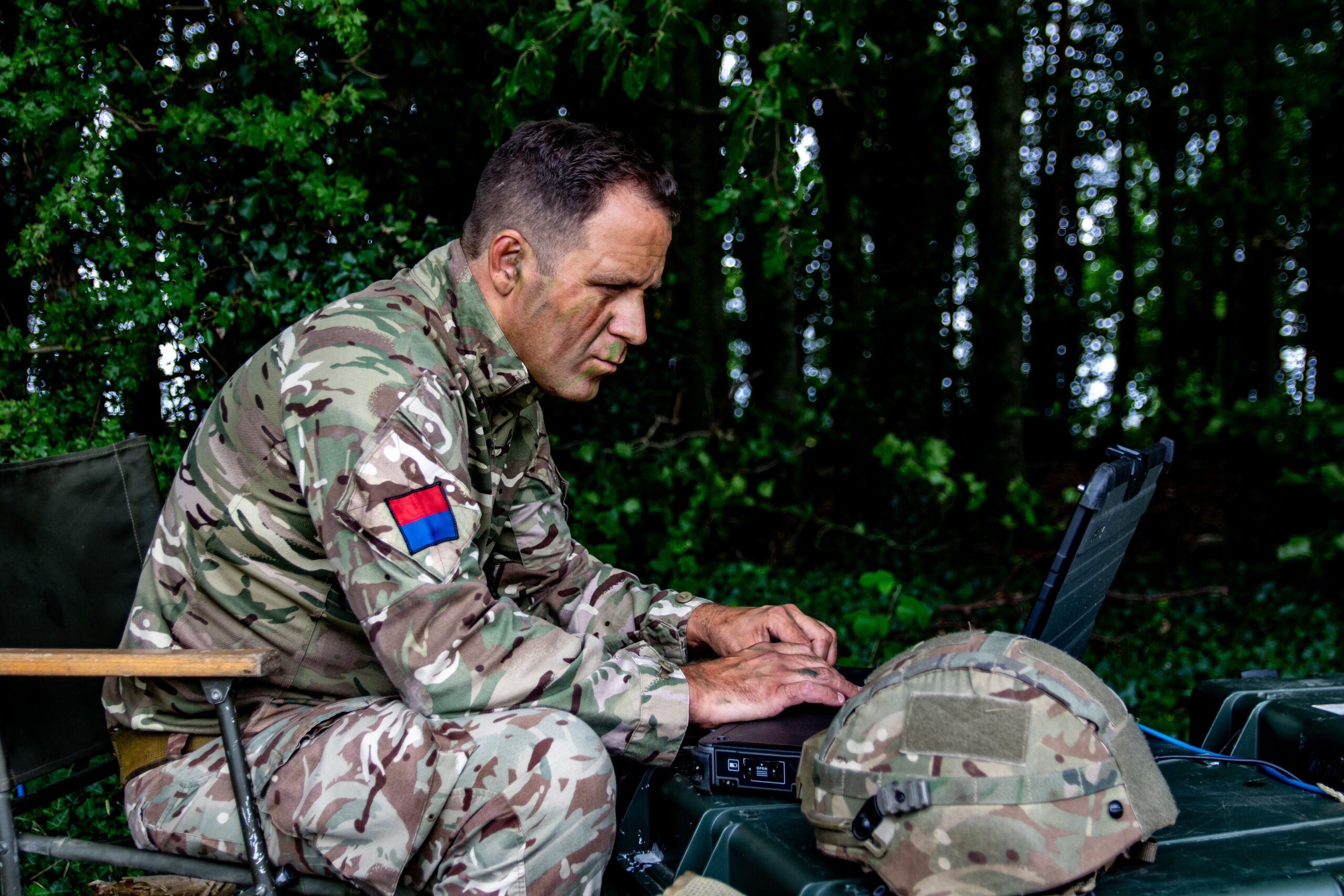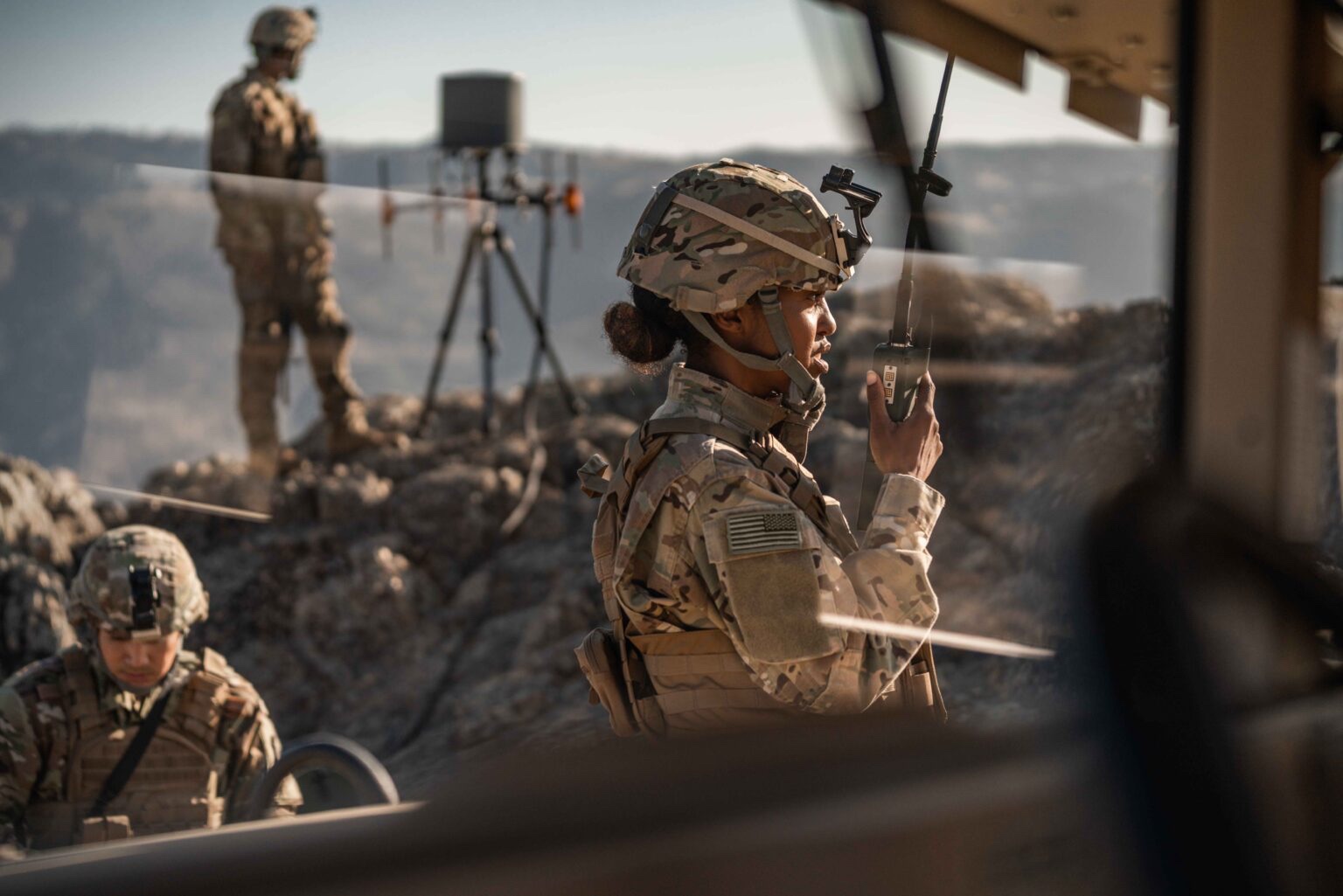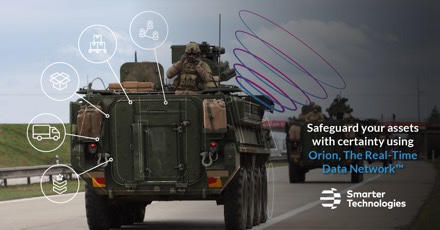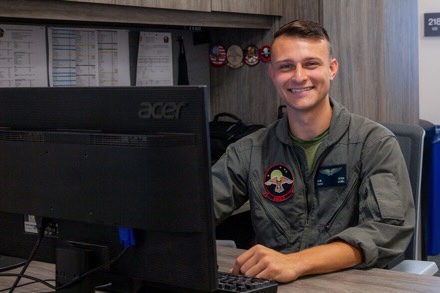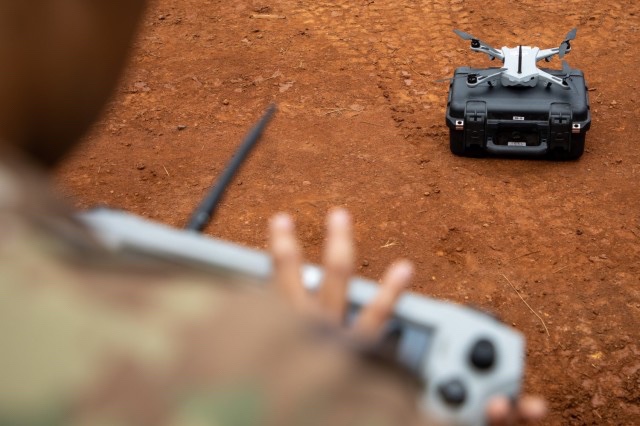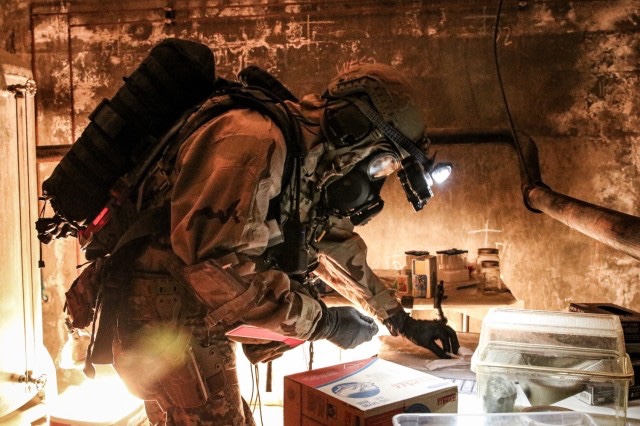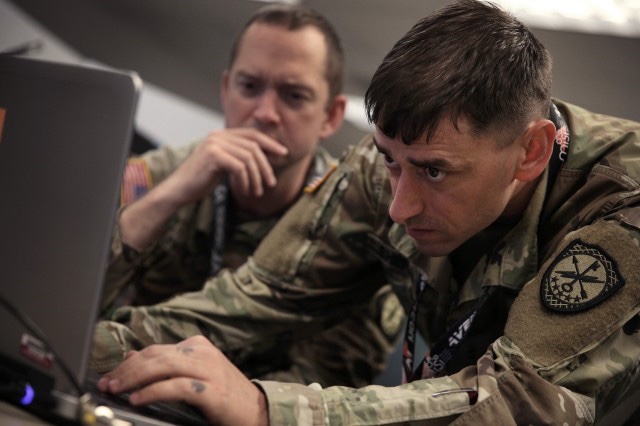JOINT BASE SAN ANTONIO-LACKLAND, Texas —
Integrated deterrence starts at the lowest level and at 16th Air Force’s (AFCYBER) 67th Cyberspace Wing A39, the Information Operations team is making a global impact at their level.
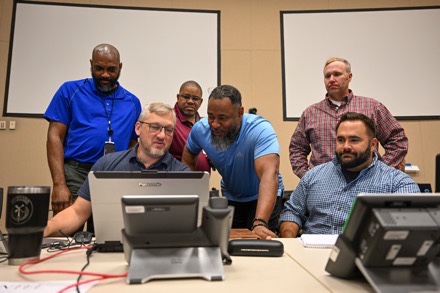
The IO team supports real-world operations, reach back, exercises and operations security.
“We are the only Air Force and Space Force OPSEC Support Team,” said Tyrese Stafford, 67th CW, A39 IO chief. “We are the ‘operational arm’ supporting units worldwide.”
As the two services’ OST, they are responsible for OPSEC Management Assessments and OPSEC External Assessments traveling around the world assisting organizations to achieve a more effective OPSEC program, while also testing units for vulnerabilities and their ability to mitigate them.
“This past year, our OST has assisted and evaluated over dozens of wings and deltas all over the world from the 100th Air Refueling Wing at RAF Mildenhall, England, to the 31st Fighter Wing at Aviano Air Base, Italy,” said Stafford. “Additionally, the OST conducted a multi-year, Air Force-wide OPSEC External Assessment to understand the Air Force’s ability to protect sensitive aircraft deployments.”
Once the team identifies any vulnerabilities, they incorporate them into exercises to test the units again and integrate lessons learned.
One such exercise is Air Force Special Operations Command’s Emerald Warrior, where the IO team applies these lessons learned from real-world operations to deliver trained and ready joint forces.
From Sept. 11-15, 2023, the IO team was leading the white “fusion” cell team that replicated a Theater Special Operation Command J39 and adjacent Joint Task Force along with other Information Warfare forces from space, cyber and public affairs.
The white fusion cell provides realistic and relevant training for personal recovery, humanitarian support and direct action missions to prepare headquarter special operations staff for an evolving strategic environment.
“The team trained the joint force on ISIO, Intelligence Support to Information Operations, making the exercise more information focused,” said Stafford. “The force is taught whether to reveal or conceal information depending on the objective and the adversary’s physical means.”
The ISIO training was first introduced at the 16th annual Emerald Warrior exercise in March 2023, to further synchronize information capabilities across cyber, space and public affairs, and prime AFSOC’s Special Operations Task Group (Expeditionary Group) and Special Operations Task Unit (Expeditionary Squadron) commanders when deployed.
For the past three years and four iterations, the IO team has supported Emerald Warrior exercises with exercise design, integration of military information support operations, OPSEC and military deception.
They have provided over 150 years of their combined experience and expertise in IO, which is why their unit trains the Air Force’s 14F Information Operations officers.

“We train continuously from the time we’re on board at the A39,” said U.S. Air Force 2nd Lt. Conner Anderson, 67th CW, OPSEC branch chief. “I’ve learned joint planning principles and the application if IO from the tactical to the operational level.”
Since 2013, over 20 IO officers have been trained at the 67th CW A39 with follow on assignments with Pacific Air Forces, 16th Air Force to Joint Task Forces under U.S. European Command, U.S. Africa Command and U.S. Central Command.
“Our IO officers go out into the force equipped to protect Air Force assets and operations,” said Stafford. “They also know, they can reach back to us anytime for support, even the IO officers we trained at Emerald Warrior.”
Through its mission, the IO team has created a global reach leveraging IW capabilities and achieving an information advantage across the competition continuum.
By Capt. Dorothy Sherwood
16th Air Force (AFCYBER)


